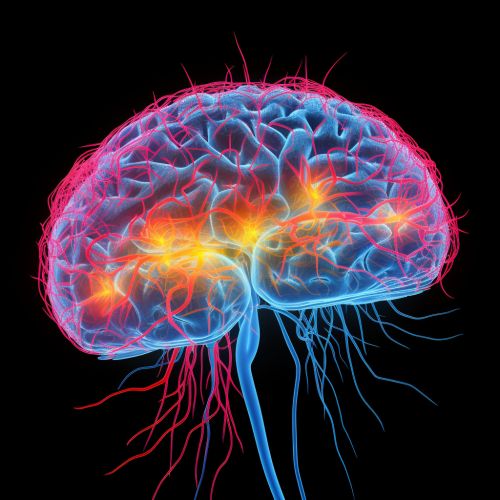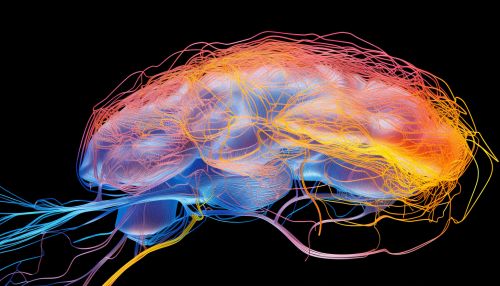Cognitive Neuroscience of Social Cognition
Introduction
Cognitive neuroscience is a branch of neuroscience that studies the biological processes that underlie cognition, with a specific focus on the neural connections in the brain which are involved in mental processes. Cognitive neuroscience combines the principles of psychology, biology, neurology, chemistry, and physics to understand the complex interactions of the human brain and behavior.
Social cognition, on the other hand, is a sub-topic of various branches of psychology that focuses on how people process, store, and apply information about other people and social situations. It focuses on the role that cognitive processes play in our interactions with others. Social cognition is a complex process that involves a broad range of cognitive processes, from perception and attention to memory and decision making.


The cognitive neuroscience of social cognition, therefore, is a field that combines these two areas of study to understand how the brain processes social information. This field seeks to uncover the neural mechanisms that underlie social cognitive processes, such as understanding others' intentions, recognizing emotions, and making judgments about others' character or trustworthiness.
Neural Basis of Social Cognition
One of the primary goals of the cognitive neuroscience of social cognition is to identify the specific brain regions and neural networks involved in processing social information. Research in this area has identified several key brain regions that appear to be critical for social cognition.
The amygdala, for example, plays a crucial role in emotion recognition, particularly in detecting and interpreting emotional expressions in others. The amygdala is also involved in making judgments about others' trustworthiness based on their facial expressions.
The prefrontal cortex, particularly the medial prefrontal cortex, is involved in understanding others' mental states, a process known as theory of mind. This area of the brain is also involved in making judgments about others' character and predicting their behavior.
The anterior cingulate cortex and the insula are also involved in social cognition. These regions are involved in empathy, the ability to understand and share the feelings of others. These areas of the brain are also involved in processing social pain, such as the pain of social rejection or exclusion.
Social Perception and Recognition
Social perception and recognition are fundamental aspects of social cognition. These processes involve perceiving and interpreting social cues, such as facial expressions, body language, and tone of voice, to understand others' emotional states, intentions, and behaviors.
Research in the cognitive neuroscience of social cognition has shown that several brain regions are involved in social perception and recognition. The fusiform face area, for example, is involved in face recognition, while the superior temporal sulcus is involved in perceiving and interpreting body language and other nonverbal social cues.
Social Decision Making and Judgment
Another important aspect of social cognition is social decision making and judgment. This involves making decisions and judgments about others based on social information. For example, we might decide whether to trust someone based on their facial expressions, or judge someone's character based on their behavior.
The prefrontal cortex, particularly the ventromedial prefrontal cortex, plays a crucial role in social decision making and judgment. This area of the brain is involved in evaluating social information and making decisions based on this information. The ventromedial prefrontal cortex is also involved in moral judgment, the process of making judgments about what is right and wrong in a social context.
Empathy and Theory of Mind
Empathy and theory of mind are two key aspects of social cognition. Empathy involves understanding and sharing the feelings of others, while theory of mind involves understanding others' mental states, such as their thoughts, beliefs, and intentions.
The anterior cingulate cortex and the insula are key brain regions involved in empathy. These areas of the brain are activated when we perceive others' pain or distress, and they are involved in the emotional response to others' pain.
Theory of mind, on the other hand, primarily involves the medial prefrontal cortex. This area of the brain is activated when we try to understand others' mental states, such as their thoughts, beliefs, and intentions.
Conclusion
The cognitive neuroscience of social cognition is a rapidly growing field that seeks to uncover the neural mechanisms that underlie our ability to understand and interact with others. By combining the principles of cognitive neuroscience and social cognition, researchers in this field are beginning to unravel the complex neural networks that underlie our social interactions.
While much progress has been made in identifying the key brain regions involved in social cognition, much remains to be understood about how these regions interact to produce the complex social behaviors that are characteristic of human beings. Future research in this field is likely to continue to shed light on these complex processes, contributing to our understanding of the human brain and behavior.
